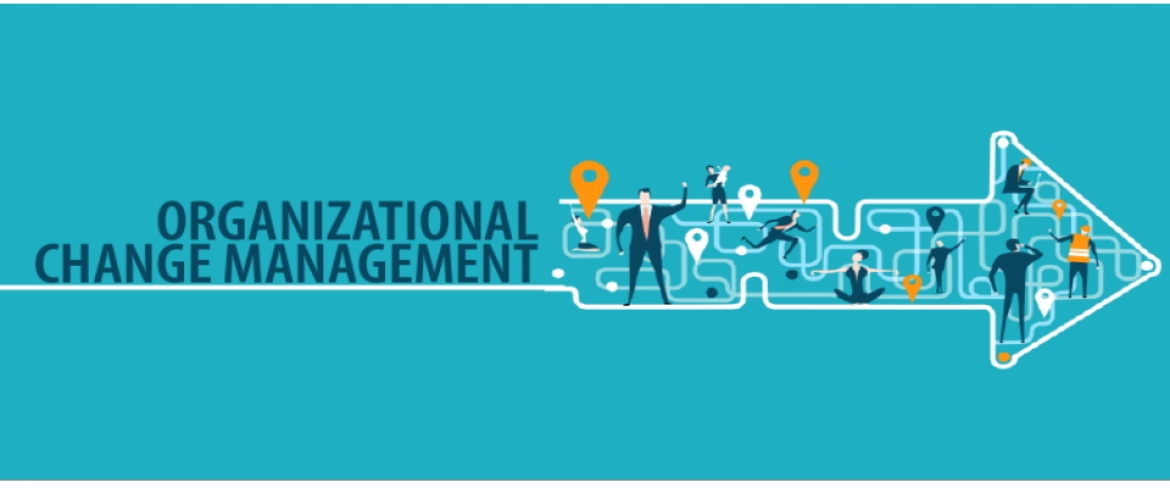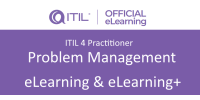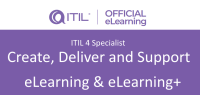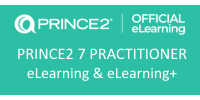From first certifying in ITIL Foundation in 2008, I was hooked and couldn’t get enough of it.
ITIL has guided my skills and career in IT service management (ITSM), given me self-confidence and a checklist when planning organizational change along with additional, professional credibility.
The training and certification have gone hand in hand with my career development – the more I’ve studied, the more responsibility I’ve had and been able to apply for different roles.
Equally, working In IT operations for over a decade has also included numerous projects – from implementing a single application to huge infrastructure migration.
The latter – a four-year project – meant building processes and procedures from scratch for how to manage IT services within the company. As the project was managed using the PRINCE2 method, it was vital I had that knowledge about how projects should be managed.
What I especially like about PRINCE2 is its scalability, using an iterative progression and staged approach which links it with ITIL.
Best practice approaches and organizational change
Organizational change has been happening for years and best practices like ITIL collect that knowledge and experience which means you don’t have to reinvent the wheel.
In this context, ITIL 4 shows that organizations are past the phase in which IT is separate from business. And this is why we need to consider people and systems holistically.
For example, it’s good to see the concepts of human/computer interaction and usability emphasised in ITIL 4, especially in the organizational change management (OCM) practice. Today, this includes key metrics around measuring change effectiveness plus the “softer” elements relating to people.
Combining people and business elements in effective improvement and change
If ITSM professionals focus too much on technology and process for their own sake, they can miss the fact that the work they do is to support people.
This is where the activities within ITIL 4’s OCM practice are important:
One of our Covid-related change initiatives was focused on future ways of working, i.e. finding a route to manage through the pandemic and prepare for the new normal.
Our job and was to make it easier for people to work from home, including technical aspects such as a new VPN solution, switching to laptops and introducing video conferencing.
To achieve this effectively, we adopted ITIL 4’s OCM activities:
- Urgency: it was a given that we needed to adapt quickly
- Stakeholder management: the change programme affected numerous regions in Europe, with different maturity levels of remote working. Therefore, we created country-based groups with stakeholders across different parts of the business to gather everyone’s views and these acted as a bridge between the programme management group and the various countries.
- Communication: we needed to do a lot of it using multiple channels including Yammer, team meetings and virtual town hall meetings so everyone was aware of the change communication.
- Empowerment: this was a major focus, with country groups collecting ideas from colleagues about the future and sharing the feedback. Based on this we provided live training, questionnaires, quizzes and ensured they had the equipment so they could work from home. This included an allowance for everyone to buy suitable home office furniture.
- Resistance management: as we enabled people to work from home effectively, we didn’t encounter any resistance.
- Reinforcement: though the aim is now to encourage people back to the office where necessary, the programme has ensured it’s now easy to hold hybrid work meetings.
Today, after the success of our programme during the Covid period, organizational change doesn’t seem so big and scary.
Having the ITIL 4 OCM practices meant we faced fewer issues because our people felt they were heard by the company. If you incorporate these approaches, I believe you have done pretty much everything you need to.
Source: https://www.axelos.com/resource-hub | Author Mika Virtanen, Group Head of IT Service Delivery, Lowell







